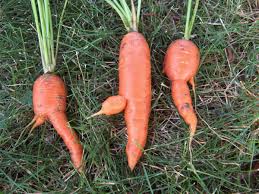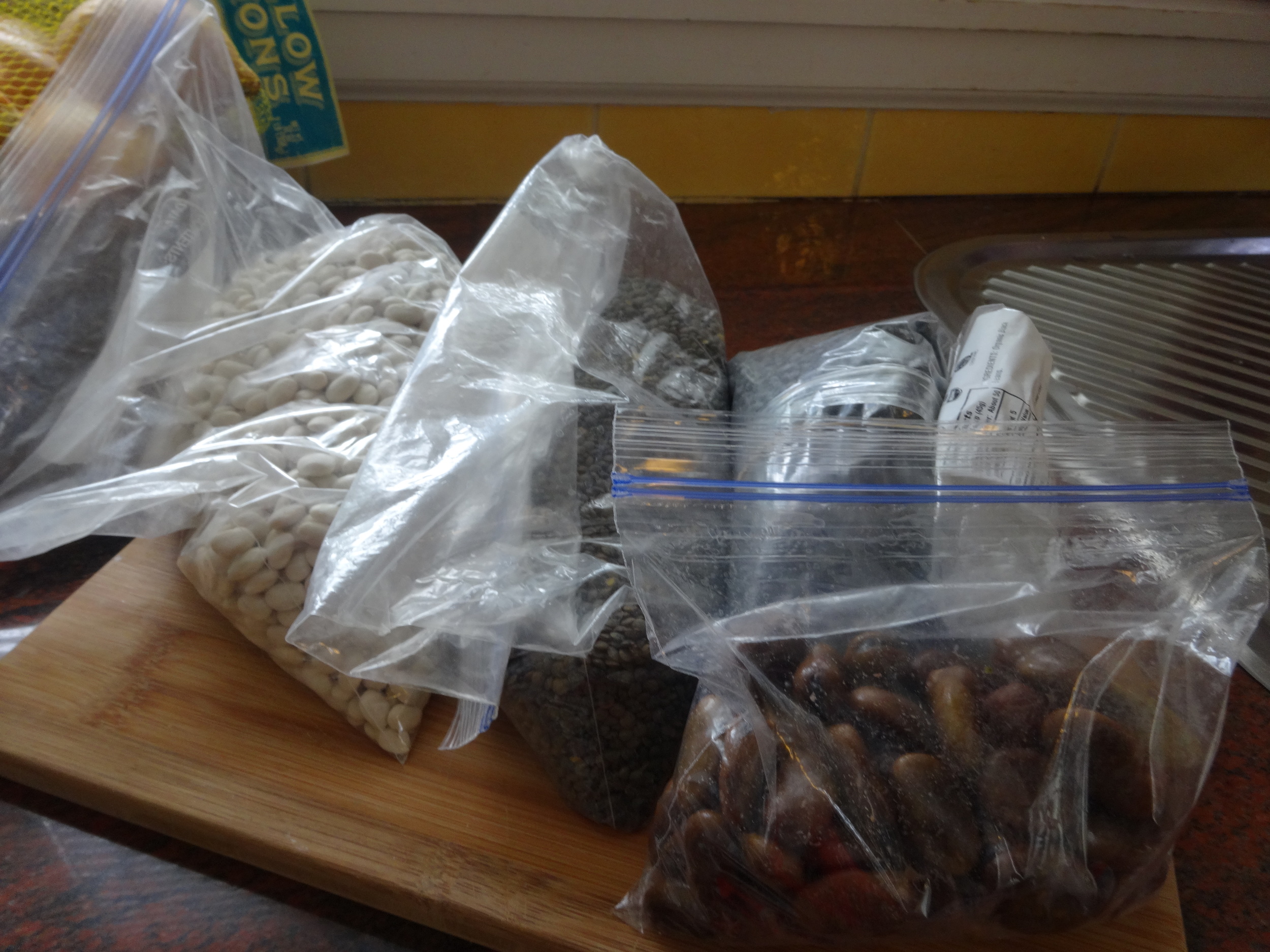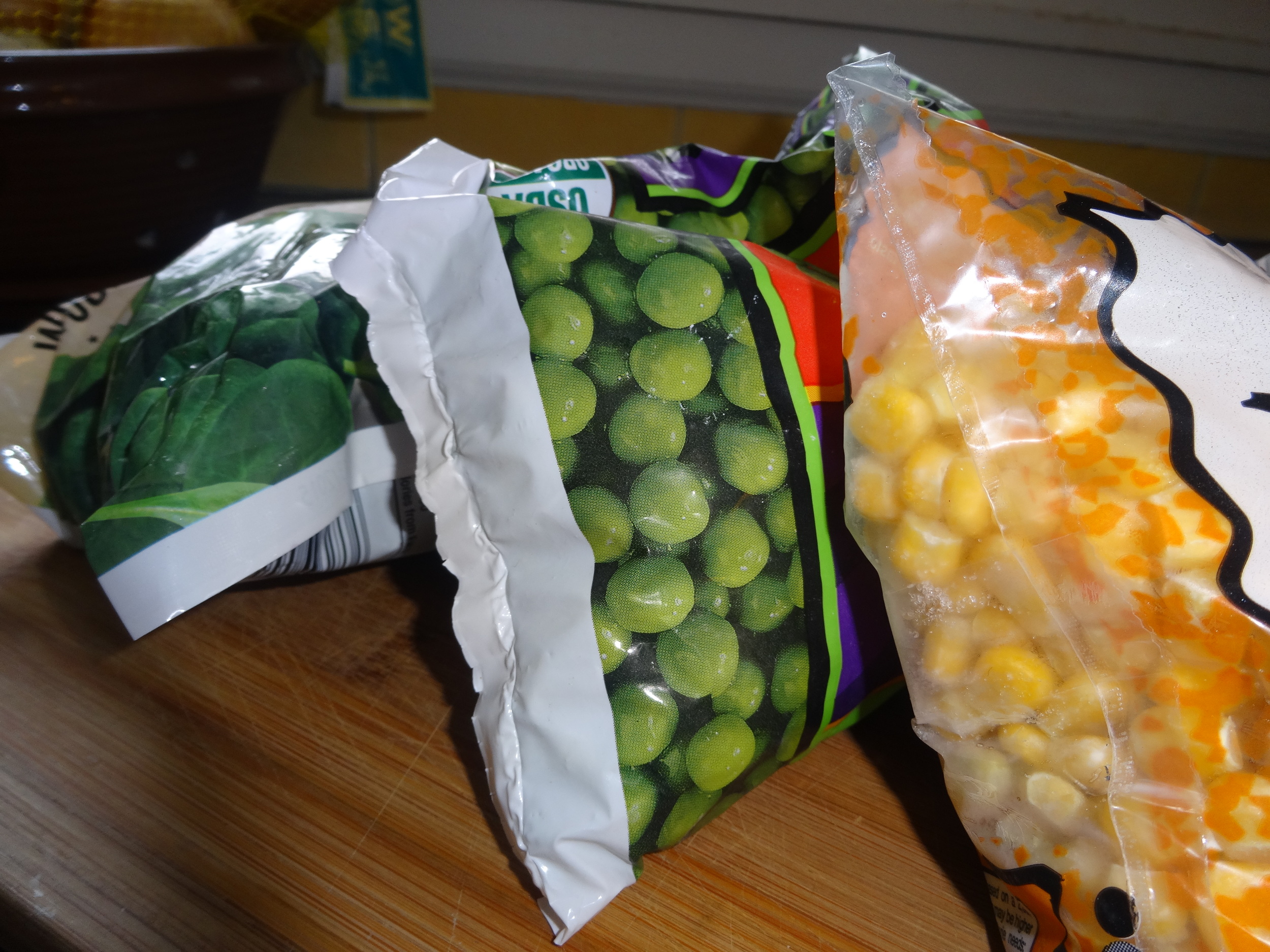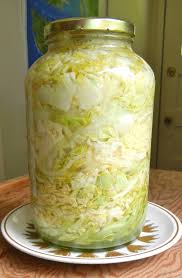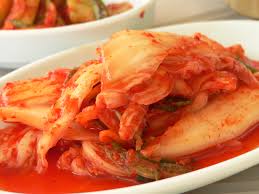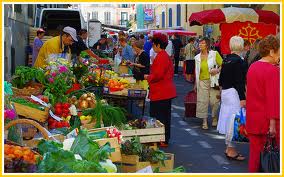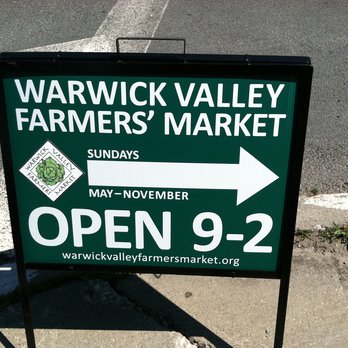 There is nothing better than a sweet tree ripened peach, a sun ripened soft and warm tomato that's just been plucked, or springy and perky greens that were harvested in the early morning hours before the sun comes up. Just harvested produce that has sun ripened to perfection has so much life force. You can taste all the minerals and sunny goodness.
There is nothing better than a sweet tree ripened peach, a sun ripened soft and warm tomato that's just been plucked, or springy and perky greens that were harvested in the early morning hours before the sun comes up. Just harvested produce that has sun ripened to perfection has so much life force. You can taste all the minerals and sunny goodness.
We lose those characteristics when we buy produce at the supermarket. Supermarket produce gets harvested before it ripens so it can be transported safely over long distances and is "ready" when it finally arrives at the store. That works more or less well for some produce types but not for others. Bananas and tomatoes can be harvested while still green and will keep ripening on the window sill, although they will not acquire that natural sun ripened sweetness. A hard supermarket peach or plum, on the other hand, will never get that juicily delicious sweet taste a sun ripened fruit naturally has - the peaches usually turn mealy and the plums stay sourish.
That's why it is so rewarding to buy produce locally when it is in season. So what if you can only have strawberries in June and July? The local kind tastes ten times better than the spongy clamshell strawberries that come from far away year round. In Germany there is the annual spring asparagus craze that lasts for about six weeks when the fat white stalks are ready. Here, I love the fat juicy tomatoes that are at their best in late August and early September when the sun has had enough time to deepen their color to a profound red and they almost taste as sweet as candy.
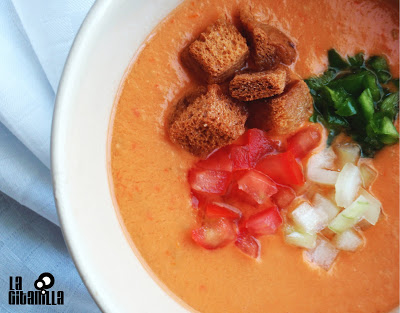 Now is the time for gazpacho, the chilled Spanish soup made from superripe tomatoes (no tomato juice!), cucumbers, peppers, a little garlic, a little vinegar; bruschetta, the Italian appetizer of cubed tomatoes with a bit of basil, served on toasted slices of garlic rubbed country bread; caprese, the Italian appetizer of alternating slices of ripe tomatoes and the best mozzarella you can find, basil, some good olive oil and balsamic vinegar, or the Tex-Mex salad of leftover barbecued corn, red onions, tomatoes and lots of cilantro with a balsamic vinaigrette.
Now is the time for gazpacho, the chilled Spanish soup made from superripe tomatoes (no tomato juice!), cucumbers, peppers, a little garlic, a little vinegar; bruschetta, the Italian appetizer of cubed tomatoes with a bit of basil, served on toasted slices of garlic rubbed country bread; caprese, the Italian appetizer of alternating slices of ripe tomatoes and the best mozzarella you can find, basil, some good olive oil and balsamic vinegar, or the Tex-Mex salad of leftover barbecued corn, red onions, tomatoes and lots of cilantro with a balsamic vinaigrette.






